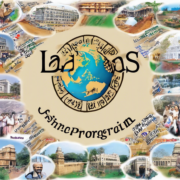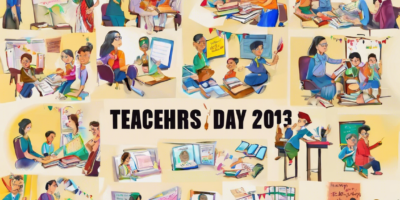Introduction
The Amrit Brikha Andolan, also known as the Chipko Movement, holds a significant place in India’s environmental history. Originating in the 1970s from the Garhwal region of Uttarakhand, the movement was a grassroots movement aimed at raising awareness about deforestation and advocating for the protection of forests. The term “Amrit Brikha” literally translates to “immortal tree” in Hindi, symbolizing the deeply rooted connection between the local communities and the forests that sustained their livelihoods.
Historical Background
In the early 1970s, rampant deforestation in the Himalayan region led to widespread environmental degradation and loss of biodiversity. The local communities, primarily comprising indigenous tribes such as the Bhotiyas and the Garhwalis, relied heavily on the forests for their sustenance. The government’s policies, which promoted commercial logging and prioritized economic gains over environmental conservation, further exacerbated the situation.
Key Players
The Amrit Brikha Andolan was spearheaded by environmental activists such as Sunderlal Bahuguna, Chandi Prasad Bhatt, and Gaura Devi, along with the participation of local villagers, especially women. Sunderlal Bahuguna, a Gandhian environmentalist, played a pivotal role in mobilizing the community and advocating for sustainable forestry practices.
Objectives and Strategies
The primary objective of the Amrit Brikha Andolan was to protest against the felling of trees and to raise awareness about the importance of forests in maintaining ecological balance. The movement employed non-violent resistance strategies such as hugging trees to prevent them from being cut down, hence the name “Chipko Movement,” which means “to hug” in Hindi.
Impact and Legacy
The Amrit Brikha Andolan had a profound impact on environmental consciousness not only in India but also on a global scale. The successful outcomes of the movement, including the imposition of a 15-year ban on commercial logging in the region, showcased the power of grassroots activism in influencing policy decisions. The movement also paved the way for the recognition of environmental rights and the importance of sustainable development practices in India.
Contemporary Relevance
In today’s world where environmental challenges such as climate change and deforestation continue to threaten the planet, the principles espoused by the Amrit Brikha Andolan hold more relevance than ever. The movement serves as a timeless reminder of the need to protect our natural resources and to promote sustainable living practices for the well-being of current and future generations.
Conclusion
The Amrit Brikha Andolan remains a shining example of grassroots activism and community solidarity in the realm of environmental conservation. By highlighting the interconnectedness between human well-being and ecological health, the movement continues to inspire individuals and organizations to take action towards building a more sustainable and harmonious world.
Frequently Asked Questions (FAQs)
1. What were the main grievances that led to the emergence of the Amrit Brikha Andolan?
The rampant deforestation and commercial logging activities in the Himalayan region, which were adversely impacting the local communities’ livelihoods and the ecosystem, were the main grievances that sparked the movement.
2. What role did women play in the Chipko Movement?
Women played a crucial role in the Chipko Movement, as they actively participated in tree-hugging protests and highlighted the importance of environmental preservation for future generations.
3. How did the Chipko Movement influence environmental policies in India?
The success of the Chipko Movement in garnering public support and raising awareness about the importance of forests led to the imposition of a 15-year ban on commercial logging in the region and spurred the formulation of sustainable forestry policies in India.
4. Is the Chipko Movement still relevant today?
Yes, the Chipko Movement’s principles of environmental conservation, sustainable development, and community participation are highly relevant in today’s context of increasing environmental degradation and climate change.
5. What can individuals do to contribute to the ideals of the Amrit Brikha Andolan in their daily lives?
Individuals can contribute by planting trees, supporting environmental organizations, advocating for sustainable practices, and raising awareness about the importance of preserving our natural resources for future generations.












Comments